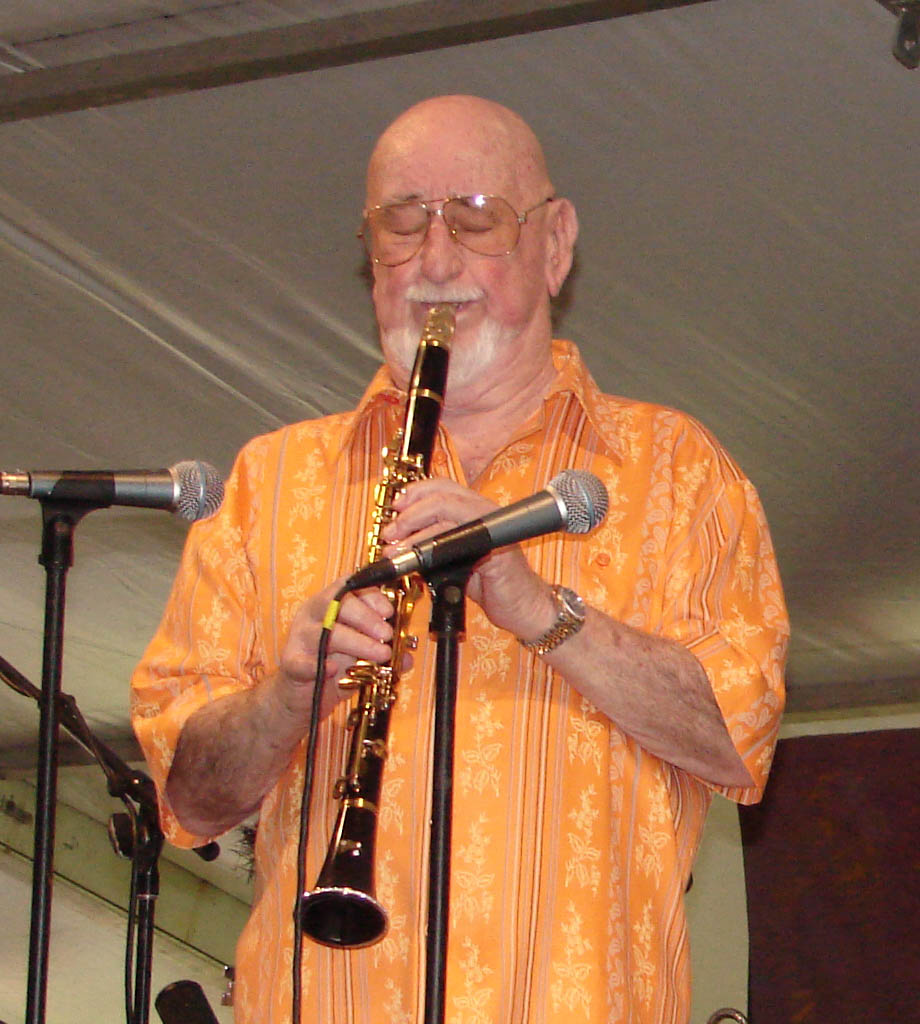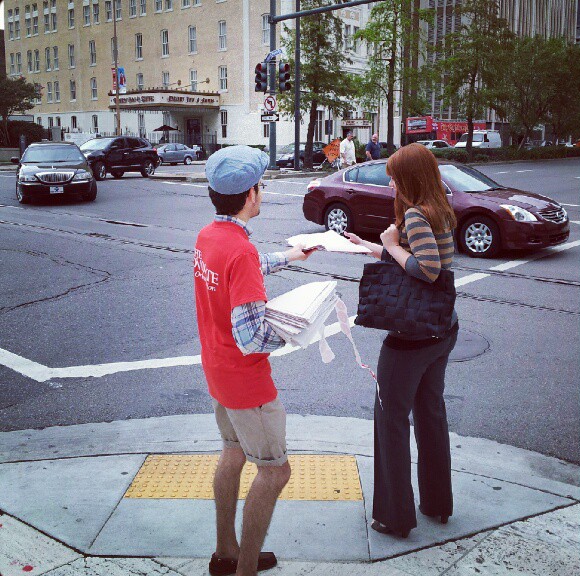|
1984 Louisiana World Exposition
The 1984 Louisiana World Exposition was a world's fair held in New Orleans, Louisiana, United States. It was held 100 years after the city's earlier world's fair, the World Cotton Centennial in 1884. The fair was held from May 12 to November 11, 1984, and adopted the theme "The World of Rivers: Fresh Water as a Source of Life," showcasing the vital role of freshwater systems. The 1984 Louisiana World Exposition encountered significant attendance challenges, ultimately becoming the only world's fair to declare bankruptcy during its operation. Several factors likely contributed to this. The exposition's proximity, both geographically and temporally, to the 1982 World's Fair in Knoxville, Tennessee, may have divided public interest. Additionally, the 1984 Summer Olympics in Los Angeles and the 1982 opening of Walt Disney World's Epcot (often referred to as a "permanent world's fair") presented substantial competition for visitors. As of 2025, there has not been a world's fair in ... [...More Info...] [...Related Items...] OR: [Wikipedia] [Google] [Baidu] |
Space Shuttle
The Space Shuttle is a retired, partially reusable launch system, reusable low Earth orbital spacecraft system operated from 1981 to 2011 by the U.S. National Aeronautics and Space Administration (NASA) as part of the Space Shuttle program. Its official program name was the Space Transportation System (STS), taken from the 1969 plan led by U.S. vice president Spiro Agnew for a system of reusable spacecraft where it was the only item funded for development. The first (STS-1) of four orbital test flights occurred in 1981, leading to operational flights (STS-5) beginning in 1982. Five complete Space Shuttle orbiter vehicles were built and flown on a total of 135 missions from 1981 to 2011. They launched from the Kennedy Space Center (KSC) in Florida. Operational missions launched numerous satellites, interplanetary probes, and the Hubble Space Telescope (HST), conducted science experiments in orbit, participated in the Shuttle–Mir program, Shuttle-''Mir'' program with Russia, ... [...More Info...] [...Related Items...] OR: [Wikipedia] [Google] [Baidu] |
World's Fair
A world's fair, also known as a universal exhibition, is a large global exhibition designed to showcase the achievements of nations. These exhibitions vary in character and are held in different parts of the world at a specific site for a period of time, typically between three and six months. The term "world's fair" is commonly used in the United States, while the French term, ("universal exhibition") is used in most of Europe and Asia; other terms include World Expo or Specialised Expo, with the word expo used for various types of exhibitions since at least 1958. Since the adoption of the 1928 Convention Relating to International Exhibitions, the Paris-based Bureau International des Expositions (BIE) has served as an international sanctioning body for international exhibitions; four types of international exhibition are organised under its auspices: World Expos, Specialised Expos, Horticultural Expos (regulated by the AIPH, International Association of Horticultural Producer ... [...More Info...] [...Related Items...] OR: [Wikipedia] [Google] [Baidu] |
Pete Fountain
Pierre Dewey LaFontaine Jr. (July 3, 1930 – August 6, 2016), known professionally as Pete Fountain, was an American jazz clarinetist. Early life and education LaFontaine was born to Pierre, Sr. and Madeline, in a small Creole cottage-style frame house on White Street (between Dumaine Street and St. Ann Street) in New Orleans. Pete was the great-grandson of a French immigrant, François Fontaine, who was born in Toulon, circa 1796, and came to the U.S. in the early 19th century, and died on the Mississippi Gulf Coast circa 1885. Pete's father, a truck driver and part-time musician, changed the family name to Fountain. He started playing clarinet as a child at the McDonogh 28 school located on Esplanade Avenue. As a child, young Pete was very sickly, frequently battling respiratory infections due to weakened lungs. He was given expensive medication but it proved ineffective. During a pharmacy visit, Pete's father began a discussion with a neighborhood doctor who was also there ... [...More Info...] [...Related Items...] OR: [Wikipedia] [Google] [Baidu] |
Railroad
Rail transport (also known as train transport) is a means of transport using wheeled vehicles running in railway track, tracks, which usually consist of two parallel steel railway track, rails. Rail transport is one of the two primary means of land transport, next to road transport. It is used for about 8% of passenger and rail freight transport, freight transport globally, thanks to its Energy efficiency in transport, energy efficiency and potentially high-speed rail, high speed.Rolling stock on rails generally encounters lower friction, frictional resistance than rubber-tyred road vehicles, allowing rail cars to be coupled into longer trains. Power is usually provided by Diesel locomotive, diesel or Electric locomotive, electric locomotives. While railway transport is capital intensity, capital-intensive and less flexible than road transport, it can carry heavy loads of passengers and cargo with greater energy efficiency and safety. Precursors of railways driven by human or an ... [...More Info...] [...Related Items...] OR: [Wikipedia] [Google] [Baidu] |
Central Business District, New Orleans
The Central Business District (CBD) is a neighborhood of the city of New Orleans, Louisiana, United States. The CBD is a subdistrict of the French Quarter/CBD area. Its boundaries, as defined by the City Planning Commission are Iberville, Decatur and Canal Streets to the north; the Mississippi River to the east; the New Orleans Morial Convention Center, Julia and Magazine Streets, and the Pontchartrain Expressway to the south; and South Claiborne Avenue, Cleveland Street, as well as South and North Derbigny Streets to the west. It is the equivalent of what many cities call their downtown, although in New Orleans "downtown" or "down town" historically used to mean all portions of the city downriver from Canal Street (in the direction or flow of the Mississippi River). In recent decades, however, use of the catch-all "downtown" adjective to describe neighborhoods downriver from Canal Street has largely ceased, having been replaced in usage by individual neighborhood names ... [...More Info...] [...Related Items...] OR: [Wikipedia] [Google] [Baidu] |
Gondola Lift
A gondola lift is a means of cable transport and type of aerial lift which is supported and propelled by cables from above. It consists of a loop of steel wire rope that is strung between two stations, sometimes over intermediate supporting towers. The cable is driven by a bullwheel in a terminal, which is typically connected to an engine or electric motor. It is often considered a ''continuous system'' since it features a haul rope which continuously moves and circulates around two terminal stations. In contrast, an aerial tramway operates solely with fixed grips and simply shuttles back and forth between two end terminals. The capacity, cost, and functionality of a gondola lift will differ dramatically depending on the combination of cables used for support and haulage and the type of grip (detachable or fixed). Because of the proliferation of such systems in the Alps, the and are also used in English-language texts. The systems may also be referred to as cable car ... [...More Info...] [...Related Items...] OR: [Wikipedia] [Google] [Baidu] |
Mississippi Aerial River Transit
The Mississippi Aerial River Transit, or simply MART, was a gondola lift transport system spanning the Mississippi River in New Orleans, Louisiana, United States. It was constructed for the 1984 Louisiana World Exposition. After the fair, this served as the second urban aerial lift and the first gondola lift commuter system in the United States,The Roosevelt Island Tramway, which opened in 1976 in New York City, was an aerial tramway system not a gondola lift system as the MART was. See also in operation for just a year before closing. The system featured 53 separate cars, a cross-river cable, twin steel towers that lifted the cable into the air, two station houses, concrete pillars that anchored the cable and two steel towers. Each of the two main towers were supported with steel piles driven into the ground, with each tower weighing . Its twin towers were the tallest ever constructed for a gondola lift at the time. (The London Cable Car in the UK, built nearly three deca ... [...More Info...] [...Related Items...] OR: [Wikipedia] [Google] [Baidu] |
Bureau International Des Expositions
The Bureau International des Expositions (BIE; English: International Exhibitions Bureau) is an intergovernmental organization created to supervise international exhibitions (also known as expos, global expos or world expos) falling under the jurisdiction of the '' Convention Relating to International Exhibitions''. Founding and purpose The BIE was established by the Convention Relating to International Exhibitions, signed in Paris on 22 November 1928, with the following goals: *to oversee the calendar, the bidding, the selection and the organization of World Expositions; and *to establish a regulatory framework under which Expo organizers and participants may work together under the best conditions. Today, 184 member countries have adhered to the BIE Convention. The BIE regulates two types of expositions: Registered Exhibitions (commonly called World Expos) and Recognized Exhibitions (commonly called Specialized Expositions). Horticultural Exhibitions with an A1 grade, reg ... [...More Info...] [...Related Items...] OR: [Wikipedia] [Google] [Baidu] |
Mississippi River
The Mississippi River is the main stem, primary river of the largest drainage basin in the United States. It is the second-longest river in the United States, behind only the Missouri River, Missouri. From its traditional source of Lake Itasca in northern Minnesota, it flows generally south for to the Mississippi River Delta in the Gulf of Mexico. With its many tributaries, the Mississippi's Drainage basin, watershed drains all or parts of 32 U.S. states and two Canadian provinces between the Rocky Mountains, Rocky and Appalachian Mountains, Appalachian mountains. The river either borders or passes through the states of Minnesota, Wisconsin, Iowa, Illinois, Missouri, Kentucky, Tennessee, Arkansas, Mississippi, and Louisiana. The main stem is entirely within the United States; the total drainage basin is , of which only about one percent is in Canada. The Mississippi ranks as the world's List of rivers by discharge, tenth-largest river by discharge flow, and the largest ... [...More Info...] [...Related Items...] OR: [Wikipedia] [Google] [Baidu] |
The Advocate (Baton Rouge)
''The Advocate'' is Louisiana's largest daily newspaper. Based in Baton Rouge, it serves the southern portion of the state. Separate editions for New Orleans, '' The Times-Picayune The New Orleans Advocate'', for Shreveport and Bossier City, ''The Shreveport-Bossier City Advocate,'' and for Acadiana, ''The Acadiana Advocate'', are published. It also publishes ''gambit'', about New Orleans food, culture, events, and news, and weekly entertainment magazines: ''Red'' in Baton Rouge and Lafayette, and ''Beaucoup'' in New Orleans. History The oldest ancestor of the modern paper was the ''Democratic Advocate'', an anti- Whig, pro- Democrat periodical established in 1842. Another newspaper, the ''Louisiana Capitolian'', was established in 1868 and soon merged with the then-named ''Weekly Advocate''. By 1889 the paper was being published daily. In 1904, a new owner, William Hamilton, renamed it ''The Baton Rouge Times'' and later ''The State-Times'', a paper with emphasis on local ... [...More Info...] [...Related Items...] OR: [Wikipedia] [Google] [Baidu] |
Ralph Perlman
Ralph R. Perlman (May 16, 1917 – May 24, 2013) was the state budget director in his adopted U.S. state of Louisiana, having served under four governors of both parties from 1967 until 1988. Thereafter, Perlman continued to hold other public service positions. Perlman was born in New York City, the only son of a Jewish couple of European descent, Harry and Bessie Perlman. He received his undergraduate degree from Cornell University in Ithaca, New York, and a master's in business from Columbia University in New York City. During World War II, Perlman served with distinction in the European Theater as an artillery officer with the United States Army 63rd Infantry Division. While stationed at Camp Van Dorn in Mississippi, he met and subsequently married the former Carol Herzberg, who was also Jewish. The Perlmans established residence in Baton Rouge, where he was first engaged in business. Carol Perlman died of cancer in 1981; in 1984, Perlman remarried. In 1964, Governor John M ... [...More Info...] [...Related Items...] OR: [Wikipedia] [Google] [Baidu] |





